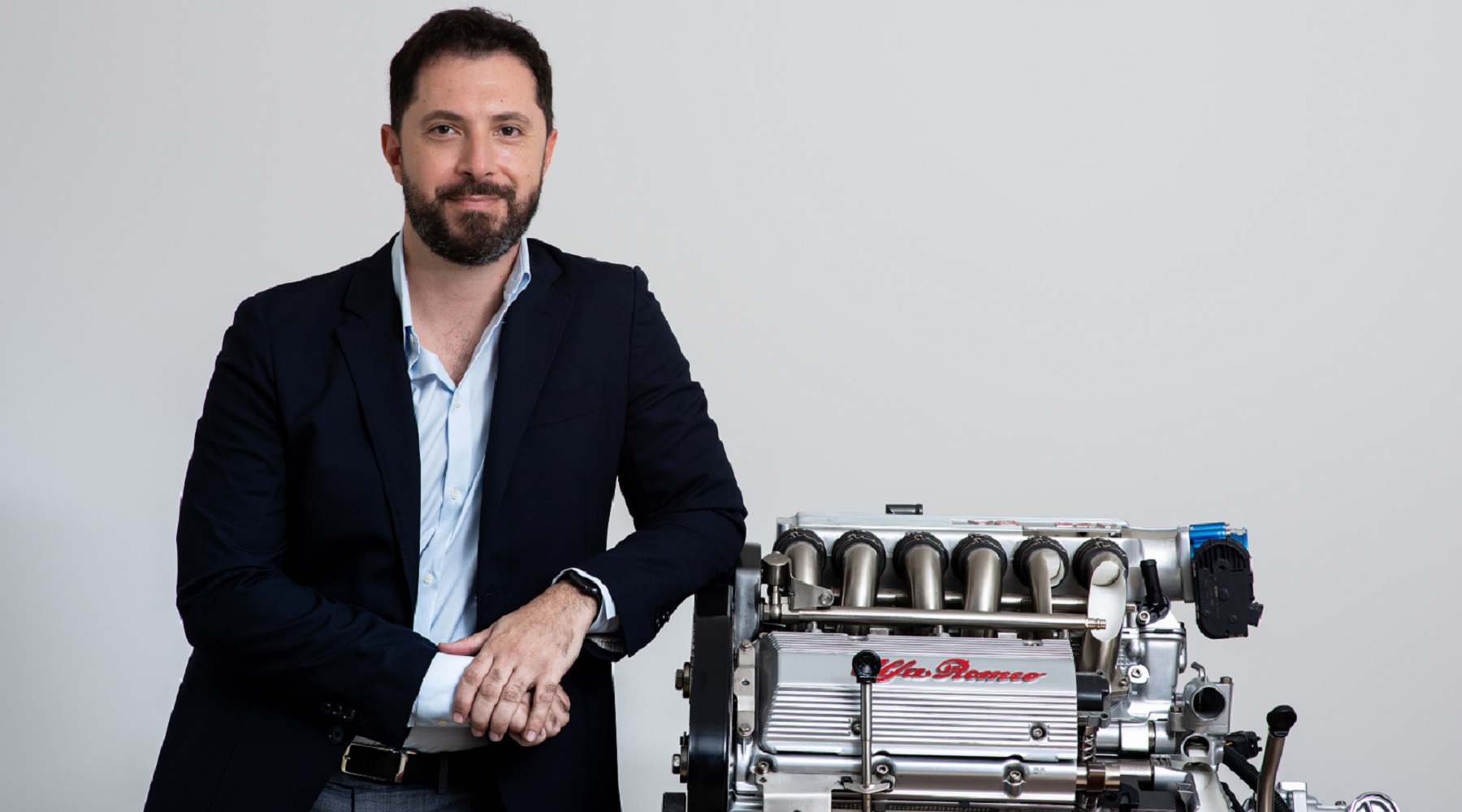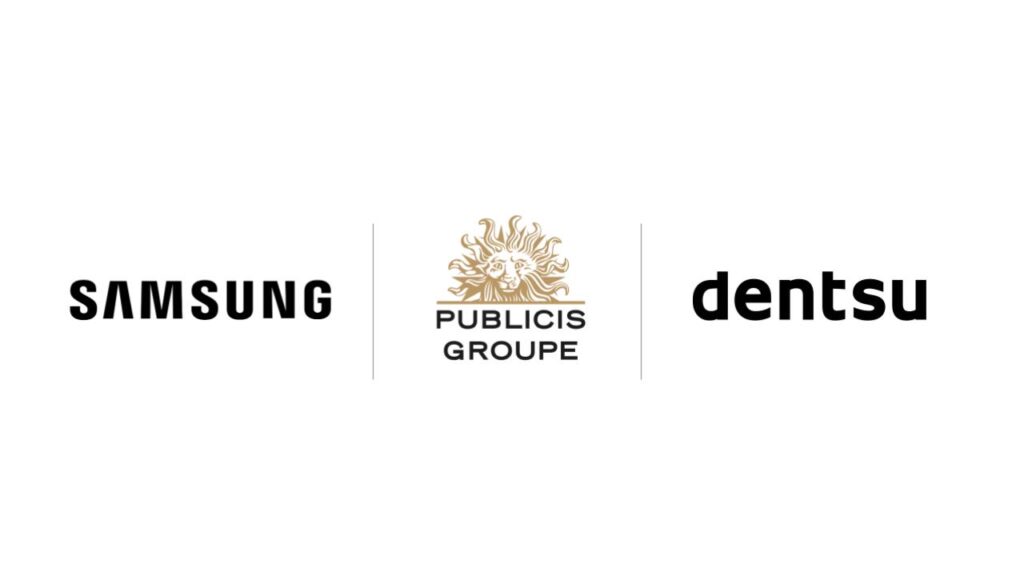The industry has been consolidating for years, and is not poised to stop anytime soon. What does being in charge of 14 different brands redefine your job as a marketer?
The same question was asked to our global CEO, Carlos Alvarez, and he said, “We consider having a big portfolio of brands as an opportunity that no one else has, if you know how to tackle it in terms of business. We look at scale for basic foundations globally – shared assets, shared technology, etc. – as long as you keep the unique identity of every brand.” I cascaded this to marketing. If I’m investing in technology, a dashboard, or a big agency, I will consolidate everything for economies of scale. But when it comes to content, stories, creative, we have multiple agencies and within every agency, we have multiple directors and account directors; because I don’t want the ads for Fiat, Jeep, and Alfa Romeo to be the same. Even internally, we have dedicated teams for Jeep, Ram, Dodge, etc. That’s the only way to keep a story for every brand and give it justice.
Is there any other way?
Well, you can produce mass content to minimize costs and put a bit of differentiation – shooting multiple videos for multiple products within the same group in a shared location but with different colors, for example – but I don’t think it works. As marketers, our role is to make sure that we tell the best story because, today, we’re not only competing with the brands in our own group and with other automotive brands; the biggest competition is now from amazing user-generated content that technology helps passionate fans and followers create. I tell my team that, unless they can create better content that will impress our communities, best not to create any.
My marketing teams have a fixed budget and a variable budget. This variable budget is limited and they have to pitch it to me as if they were an agency and I were a client. I will run the idea by our communities to see if it has traction because new creative content shouldn’t be based only on data related to the brand; it should be linked to data related to general truths, that will interest and engage with our audience. Otherwise, go back to doing ads that talk about the product features and on which I will not spend a penny to push to the broad audience. That way, we stop pushing ads for the sake of creating content.
How do you prioritize brands within your own group, especially in these times of targeting and retargeting?
When I joined Stellantis before the merger, every marketing manager was working on their own portfolio with their own P&L and their own KPIs. I conducted a small assessment and saw that, for example, if I was searching for a Citroen, I was getting retargeted with a Peugeot ad, although they are part of the same family. And today, every ad is biddable; whenever one of our brands pays more to push an ad, it only increases the cost for the whole group. In addition, the agency is holding all the data and they have an interest in having all the brands active at the same time. In parallel, the dealers are conducting their own activities and are competing with us, even when they are within the same family.
So, we developed a synergy and synchronization strategy whereby we all agreed on rules of engagement – who’s doing what on which website for which type of audiences, based on historical data. We also agreed on a cost per bid so that we don’t cannibalize and increase the costs. And we added another layer of frequency capping.
All I care about is giving the audience a seamless journey. A Jeep lover will only be served Jeep content unless they want to check out more brands; and if they’re still not interested, I’ll make sure that they will not see my ads again.
How has the pandemic changed marketing in the automotive industry?
People have been talking about digital transformation for several years and it was usually pushed by the Chief Digital Officer or the CEO; but in the automotive world, it’s Covid that has pushed digital transformation. It became a must in 2020 because otherwise, we couldn’t sell. The whole journey – from digital showrooms and e-commerce to launch events and car delivery – has moved online and most automotive brands are introducing a central customer data platform (CDP) to streamline the whole experience offline and online.






